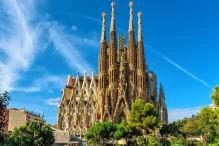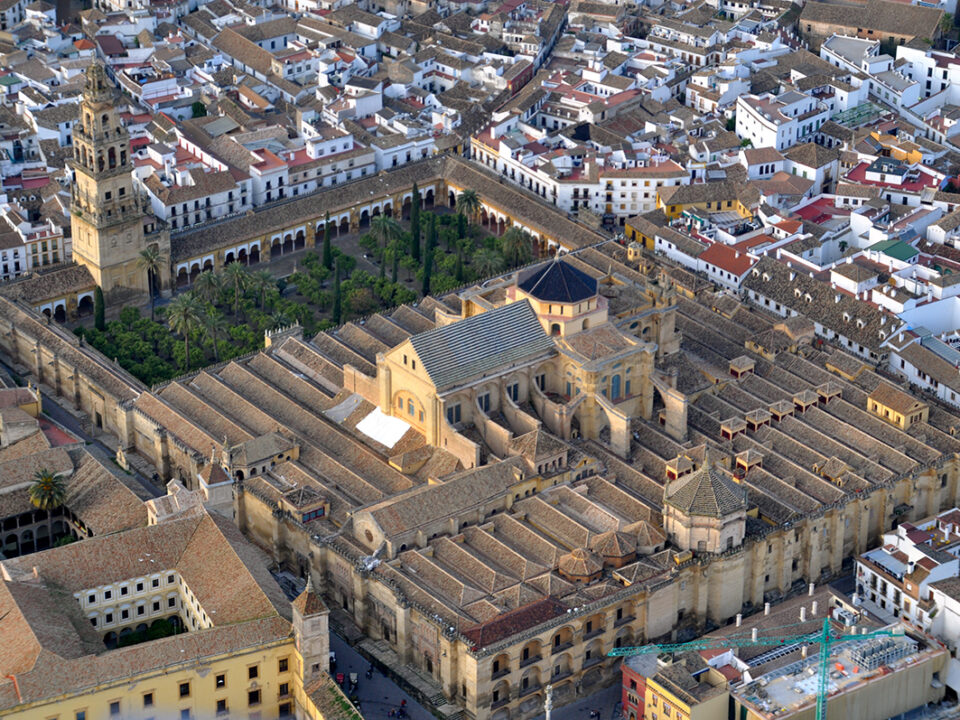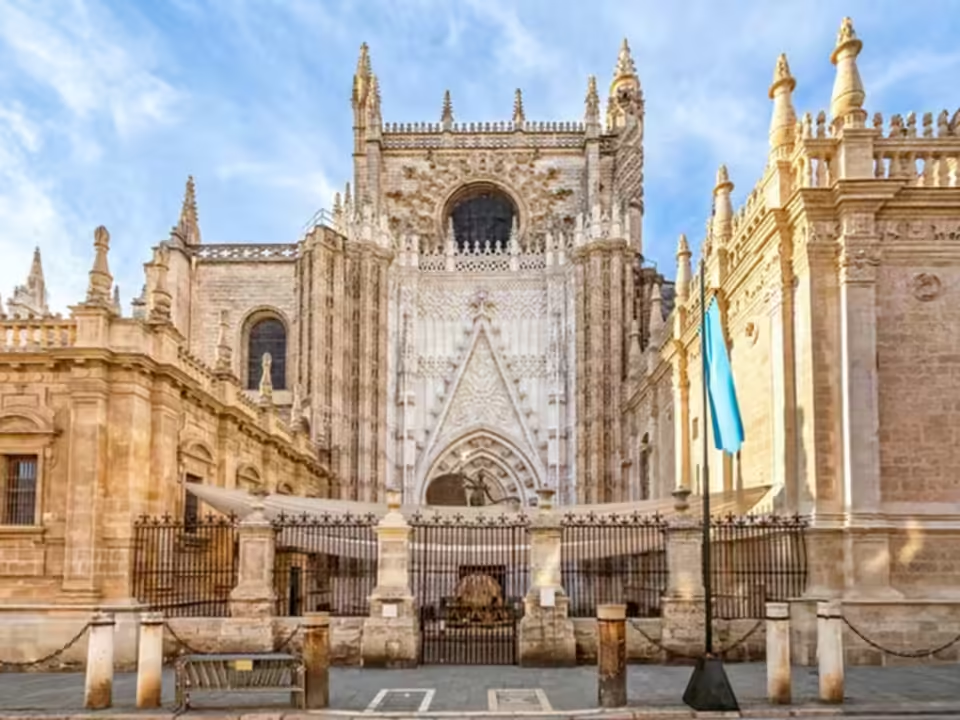Sagrada Família: Gaudí’s Masterpiece in Barcelona
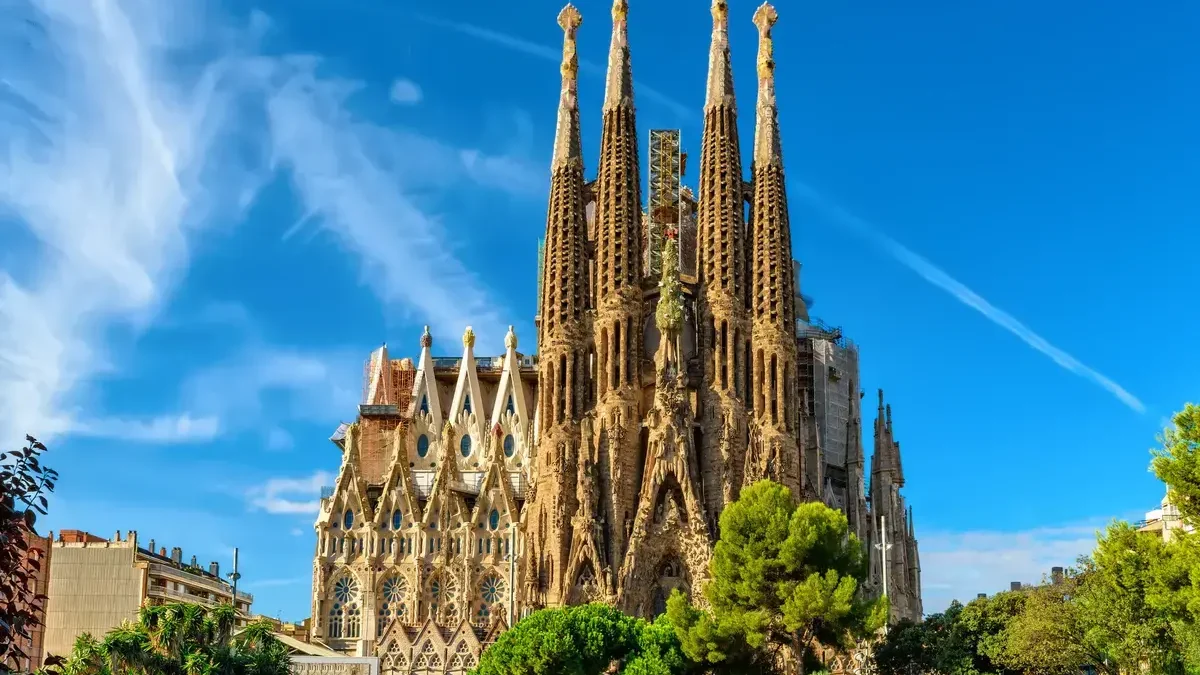
Sagrada Família: Gaudí’s Masterpiece in Barcelona
The Basílica de la Sagrada Família, commonly known as the Sagrada Família, is an architectural marvel and one of the most iconic landmarks in Barcelona, Spain. Designed by the renowned Catalan architect Antoni Gaudí, this basilica is an extraordinary fusion of Gothic and Art Nouveau styles. Despite being under construction for over a century, it remains one of the most visited and admired structures in the world. This article delves into the history, architectural features, cultural significance, and visitor experience of the Sagrada Família.
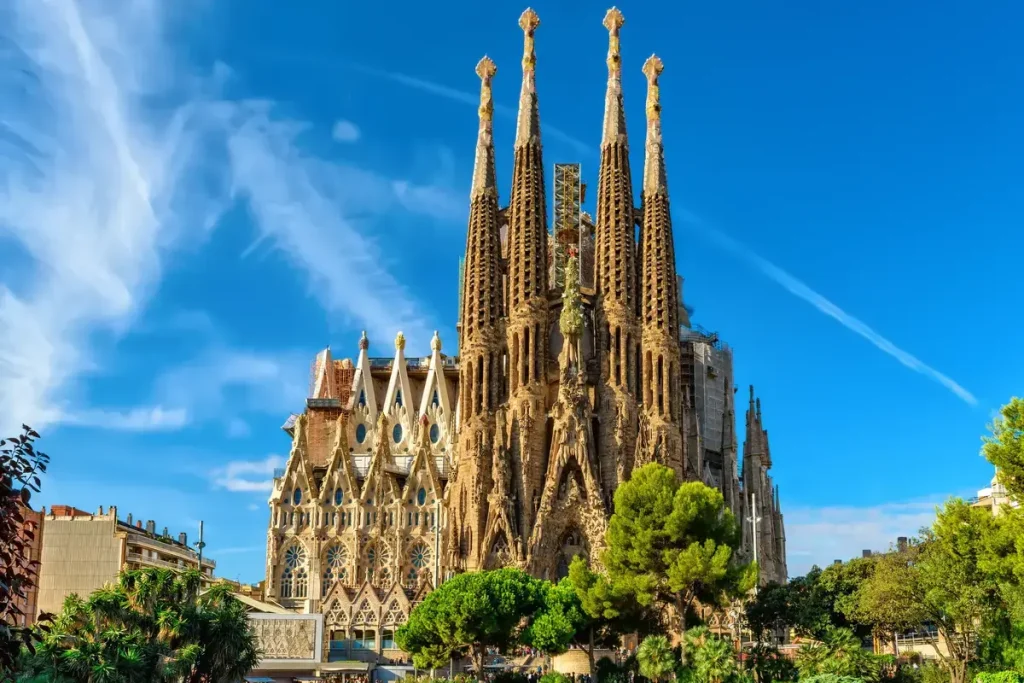
Historical Background
The Sagrada Família’s origins date back to 1882 when construction began under the direction of architect Francisco de Paula del Villar. Initially conceived as a traditional Gothic revival church, the project underwent a dramatic transformation when Antoni Gaudí took over as chief architect in 1883. Gaudí devoted the remainder of his life to this ambitious project, infusing it with his unique vision and innovative techniques.
Gaudí’s dedication to the Sagrada Família was unparalleled. He spent the last 15 years of his life entirely focused on the basilica, even living on-site. When Gaudí passed away in 1926, less than a quarter of the project was complete. Despite numerous interruptions, including the Spanish Civil War, construction has continued based on Gaudí’s original designs and models. Today, the Sagrada Família is a UNESCO World Heritage Site and is projected to be completed in 2026, marking the centenary of Gaudí’s death.
Architectural Features
The Sagrada Família is a masterpiece of architectural innovation and artistic expression. Gaudí’s design incorporates elements of Gothic architecture with his distinctive Art Nouveau style, creating a structure that is both functional and symbolic.
The Facades: The basilica features three grand facades, each representing a different aspect of Christ’s life: the Nativity, the Passion, and the Glory.
- The Nativity Facade: This facade faces the rising sun to the northeast and celebrates the birth of Jesus. It is characterized by its intricate and detailed sculptures, depicting scenes of Christ’s early life, including the Holy Family, the shepherds, and the Magi. The Nativity Facade is vibrant and joyous, reflecting Gaudí’s love of nature and life.
- The Passion Facade: Facing the setting sun to the southwest, this facade is stark and austere, symbolizing the suffering and death of Christ. The sculptor Josep Maria Subirachs designed the Passion Facade, which features dramatic, angular sculptures that contrast sharply with the organic forms of the Nativity Facade. The figures are intentionally rigid and skeletal, emphasizing the pain and sacrifice of Jesus.
- The Glory Facade: This facade, still under construction, will be the most monumental of the three. It represents Christ’s resurrection and eternal glory. When completed, it will serve as the main entrance to the basilica and will depict scenes of the Last Judgment, Heaven, and Hell. The Glory Facade aims to convey a message of hope and redemption.
The Towers: The Sagrada Família is designed to have 18 towers, each with symbolic significance. The central tower, dedicated to Jesus Christ, will be the tallest, standing at 172.5 meters (566 feet), making it one of the tallest religious buildings in the world. Surrounding this central tower are four towers dedicated to the Evangelists and one to the Virgin Mary. The remaining 12 towers represent the apostles.
The Interior: Gaudí designed the interior of the Sagrada Família to be a place of light and harmony. The basilica’s columns are shaped like tree trunks, creating the impression of a vast, intricate forest. The branching columns support the vaulted ceilings, distributing weight evenly and allowing for open, airy spaces. Gaudí’s innovative use of hyperboloid and paraboloid shapes enhances the structural integrity and aesthetic beauty of the interior.
The stained glass windows are another highlight of the interior, flooding the space with vibrant, colorful light. Each window is meticulously designed to represent different biblical themes and seasons, creating an ever-changing play of light throughout the day.
Crypt and Museum: Beneath the basilica lies the crypt, where Gaudí himself is buried. The crypt, completed before Gaudí took over the project, is the only part of the Sagrada Família built in a traditional Gothic style. Adjacent to the crypt is the Sagrada Família Museum, which showcases Gaudí’s original plans, models, and photographs of the basilica’s construction history. The museum provides valuable insights into Gaudí’s vision and the ongoing efforts to complete his masterpiece.
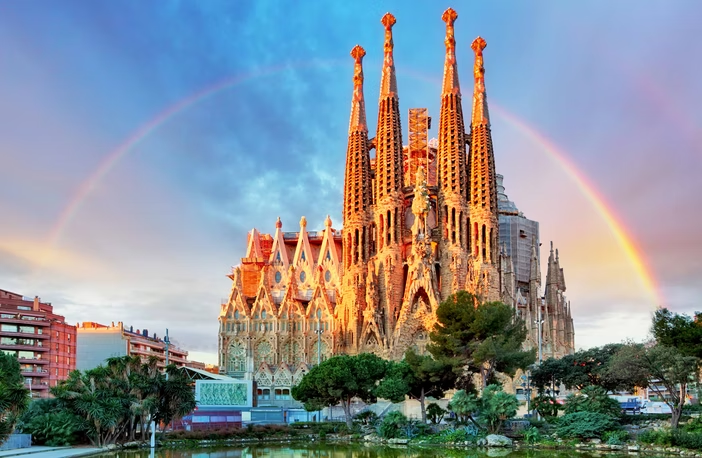
Cultural and Religious Significance
The Sagrada Família is not only an architectural wonder but also a significant religious symbol. Gaudí intended the basilica to be a “Bible in stone,” with every detail serving a symbolic purpose and telling a part of the Christian story. His deep religious faith influenced every aspect of the design, making the Sagrada Família a place of worship, reflection, and inspiration.
Pope Benedict XVI consecrated the Sagrada Família as a minor basilica in 2010, recognizing its importance as a spiritual and cultural landmark. The basilica continues to host regular religious services, including Mass, and serves as a pilgrimage site for Christians from around the world.
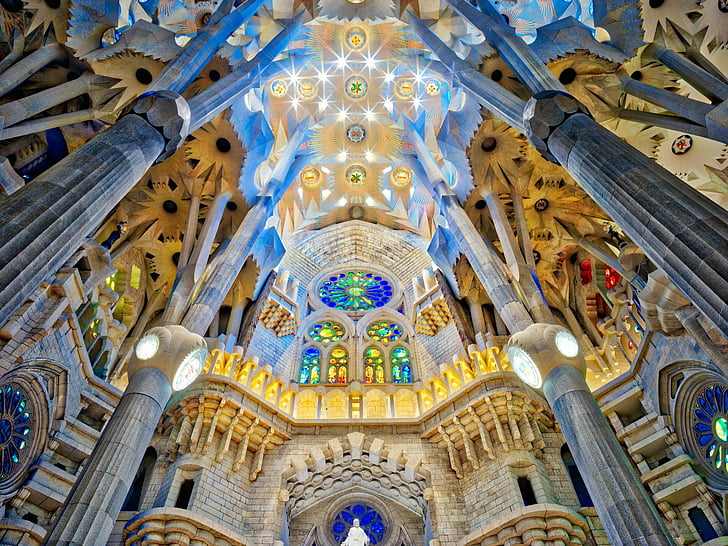
Visitor Experience
Visiting the Sagrada Família is a highlight of any trip to Barcelona. The basilica attracts over 4.5 million visitors annually, making it one of the most popular tourist destinations in Spain. Here are some tips and recommendations for making the most of your visit:
Tickets and Tours: It is highly recommended to purchase tickets in advance to avoid long lines and ensure entry. Several ticket options are available, including general admission, guided tours, and access to the towers. Guided tours provide a deeper understanding of the basilica’s history, architecture, and symbolism.
Best Time to Visit: To avoid the largest crowds, consider visiting early in the morning or late in the afternoon. Weekdays are generally less crowded than weekends. The basilica is open year-round, but visiting during off-peak seasons can also provide a more relaxed experience.
Exploring the Facades: Take your time to study the detailed sculptures on the Nativity and Passion facades. Each figure and scene is rich with symbolism and artistry. The ongoing construction of the Glory Facade offers a unique glimpse into the continuous evolution of Gaudí’s vision.
Climbing the Towers: For an unforgettable experience, consider purchasing a ticket that includes access to one of the towers. The views of Barcelona from the towers are spectacular, and the climb offers a closer look at Gaudí’s intricate designs. Note that the ascent involves narrow, winding stairs and is not recommended for those with mobility issues or fear of heights.
The Interior: Once inside, take a moment to absorb the beauty and tranquility of the basilica’s interior. The play of light through the stained glass windows and the forest-like columns create a serene and awe-inspiring atmosphere. Audio guides and information panels throughout the basilica provide additional context and details.
The Museum: Don’t miss the Sagrada Família Museum, located in the basement. The exhibits offer fascinating insights into Gaudí’s creative process, the technical challenges of the construction, and the ongoing work to complete the basilica. Scale models, original drawings, and photographs help bring Gaudí’s vision to life.
Practical Tips: Wear comfortable shoes, as you will be doing a lot of walking and possibly climbing stairs. Be mindful of the dress code, as the Sagrada Família is a place of worship. Shoulders and knees should be covered, and hats should be removed inside the basilica. Photography is allowed, but flash and tripods are prohibited.
The Future of Sagrada Família
The construction of the Sagrada Família continues to this day, with a projected completion date of 2026, marking the centenary of Gaudí’s death. Modern technology and construction techniques are being used to stay true to Gaudí’s original designs while ensuring the structural integrity and safety of the basilica.
The completion of the Sagrada Família will be a monumental event, culminating in a project that has spanned over 140 years. It will fulfill Gaudí’s vision of creating a sacred space that reflects the glory of God and the beauty of creation. The ongoing work ensures that future generations will continue to be inspired by this extraordinary testament to human creativity and devotion.
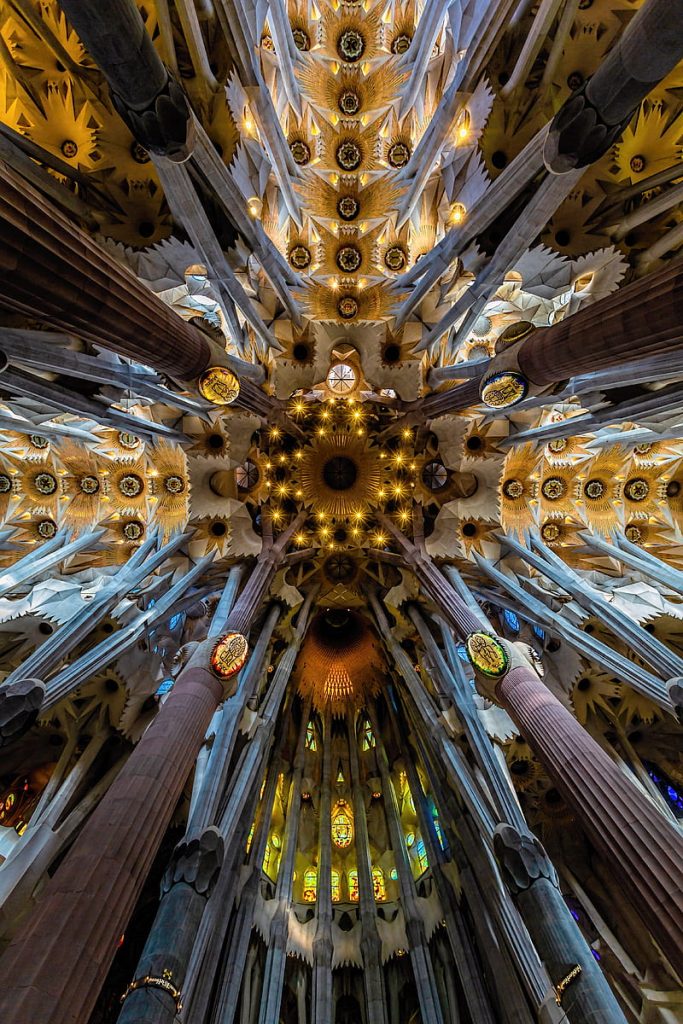
Conclusion
The Sagrada Família stands as a testament to Antoni Gaudí’s genius and his unwavering dedication to his faith and art. This architectural masterpiece, with its intricate facades, soaring towers, and breathtaking interior, captures the imagination and inspires awe in all who visit.
As construction progresses towards completion, the Sagrada Família continues to evolve, embodying the spirit of innovation and creativity that defined Gaudí’s work. For visitors, it offers a unique and deeply moving experience, connecting them to the rich cultural and religious heritage of Barcelona and the world.
Whether you are an architecture enthusiast, a spiritual seeker, or a curious traveler, the Sagrada Família is a must-visit destination. It is a place where art, faith, and history converge, creating a profound and unforgettable journey into the heart of one of the world’s most extraordinary buildings.
thecoins24 cryptocurrency airdrop forex news aypa website design تحصیل در ایتالیا دانشگاه های ایتالیا
-
Sagrada Família: Gaudí’s Masterpiece in Barcelona
Sagrada Família: Gaudí’s Masterpiece in Barcelona The Basílica de la Sagrada Família, commonly known as the Sagrada Família, is an architectural marvel and one of the […]

